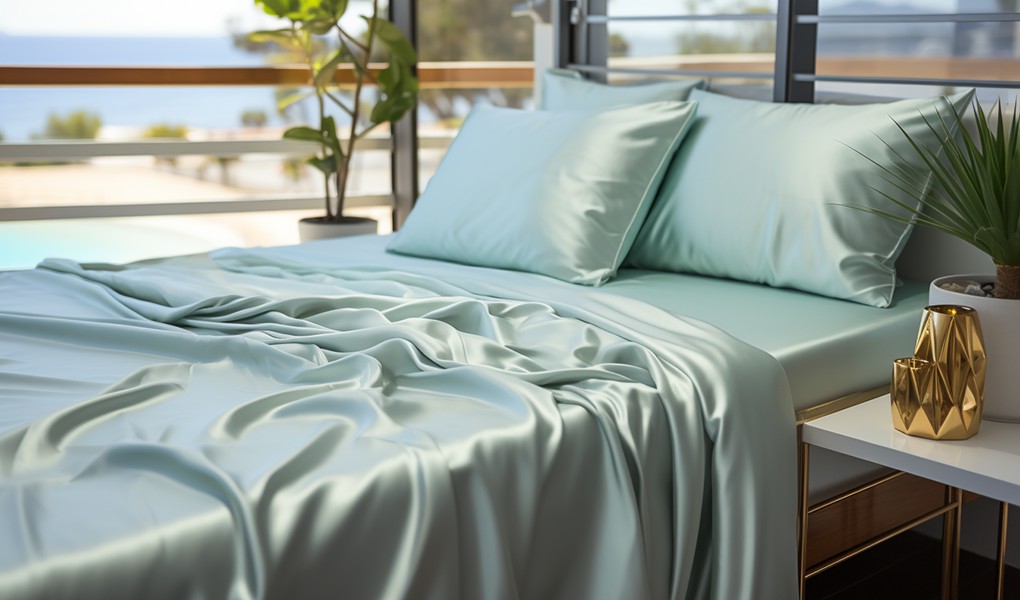Silk bedding and organic bedding are two different types of products, each with its own characteristics and similarities.
Differences:
- Material: Luxury Silk bedding is primarily made from silk fibers, while organic bedding is typically made from organic cotton, organic bamboo fibers, or other natural materials. Silk bedding is composed of silk, whereas organic bedding focuses on using natural materials that have not been treated with pesticides or chemicals.
- Texture and Comfort: Silk bedding is renowned for its soft, smooth, and luxurious texture, with excellent breathability. Organic bedding can also provide a soft and comfortable feel, but the texture may vary depending on the materials used.
- Price: Silk bedding is generally more expensive than organic bedding. Silk is a high-value material, requiring a complex manufacturing process and a significant amount of silk, which contributes to its higher price. The price of organic bedding depends on the organic materials used and the brand.

Similarities:
- Environmental Friendliness: Both silk bed linens and organic bed linens emphasize environmental sustainability. Silk bedding is typically made from natural silk fibers, while organic bedding employs pesticide-free and chemical-free natural materials. These products avoid the use of environmentally harmful chemicals.
- Health Benefits: Both silk bedding and organic bedding can offer certain health advantages. Silk bedding possesses antibacterial and hypoallergenic properties, making it a good option for individuals with dust mite allergies. Organic bedding utilizes natural organic materials, avoiding chemical residues and substances that can be irritating to the skin.
Silk bedding and organic bedding differ in terms of material, texture, and price, but they share a focus on environmental friendliness and providing health benefits. The choice between the two depends on personal preferences, budget, and material preferences.

